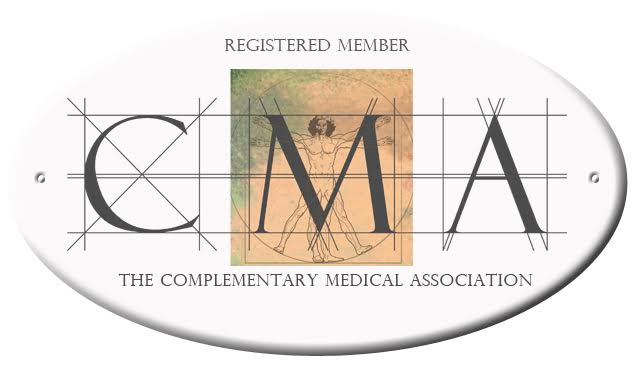History of Reflexology
Reflexology is an ancient healing practice that has been used for centuries by the Egyptians and Chinese right through the ages. The Yellow Emperor's Classic of Internal Medicine which was written about 1000 BC by the Chinese, has a chapter on Examining Foot Method. It is thought to be the first printed connection between points on the feet and other areas of the body.
Reflexology and massage was introduced into Europe when it was translated into Italian during the 1300s, and a book about Zone therapy was later published in Europe in the 1500s.
An American William H. Fitzgerald MD wrote volumes on his work which showed that pressure on a zone that corresponded to an area of injury could relieve pain. Further works by Dr Shelby Riley resulted in maps showing body zones and reflex points on the hands and feet. It was found that feet were the most responsive by Eunice Ingham in the 1930s. She developed refloxology foot maps that are still in use today.
The Benefits of Reflexology
The relief that it can bring is of mind, body and spirit. The healing and relaxing benefits of our modern world has caused a surge in popularity. At it's roots, reflexology refers to how one part of the body relates to another.
Reflexology can be used in hands, feet and ears, giving choices for people.
Good health is body, mind and spirit emcompassed as a whole.
The power of touch is used to heal.
Reflexology is non-evasive, everyone can be helped by this ancient therapeutic art.
It can...
- reduce stress
- improve sleep
- improve circulation
- stimulate creativity
- aid digestion
- alleviate aches and pains
- improve concentration and focus
- revitalise the whole body, mind and spirit
How does it work?
Research shows that a neurological relationship exists between the skin and the internal organs, and that the entire nervous system adjusts to stimulus. It is believed that application of pressure to the feet sends a calming message to the central nervous system, which in turn sends signals to the body to adjust tension levels. This increases relaxation bringing internal organs and their systems into an optimum condition and increases oxygen levels and nutrients to the cells enhancing waste removal.
Reflexology is a "complementary therapy" and should be used alongside standard medical practice, not replace it! Clients should always be encouraged to keep up with regular doctor's appointments.
Something to bear in mind
- Wait for an hour after treatment before eating.
- Pregnant women should consider massage and not reflexology.
- Drink lots of water after treatment as this helps purge toxins out of the body and clear any lactic acid that may build up or be released during treatment.
- If there are any foot problems, i.e. numbness, clots or varicose veins a doctor should be consulted first.

